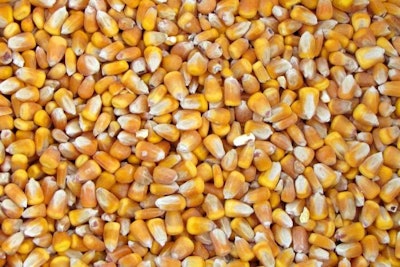
The last episode of the soap opera of corn and soy imports featuring Mexico and the United States is still to be released. It is not known if there will be a divorce or not, and what will be the path that both protagonists will take.
On the one hand, there is the United States – or rather, its leaders – who threaten to divorce, but there are those who cry out for this not to happen, on pain of causing problems to the American fields: the agricultural family.
How could it not be like that? On November 2, the "USDA announced the sale of 1.3 million metric tons of corn to Mexico, one of the top ten largest daily sales ever recorded," according to the US Grains Council. This sale was ranked as the tenth out of the ten best USDA Daily Export Sales reports. It should be noted that there were already other sales to Mexico located in three of the top ten positions.
On the other hand, Bloomberg reported that "despite the threats of buying corn from South America," Mexico bought this huge amount that breaks records. It is well known that, even if a divorce is signed and the soap opera takes that direction, there will be periods of transition. In every separation there are threats that are uttered on one side and the other, which are not always fulfilled. Both sides are antagonizing each other.
Fulfilling a "threat" to buy corn and soy from Brazil and Argentina is not that easy (nor is it ending the agreement). Mexico and the U.S. have built huge ties that will take time to break, or they will not break completely, if NAFTA dissolves in the end. The logistical advantages of grain shipments between both countries is unparalleled, and that will be something that weighs a lot, as well as the work done by many groups.
But, I have witnessed that Mexico is looking for options. Last August at SIAVS in Brazil, I spoke with a representative for Mexican poultry producers. He was in São Paulo, Brazil looking for grains. And the Conafab (the Mexican Feed Council) has also set an eye on those countries, in case it is necessary.
For the sake of the poultry industry and the whole feed industry, I hope we continue as we were before now, and this soap opera ends up being a fiasco – something boring – of what its sponsors will regret.
What do you think?


















